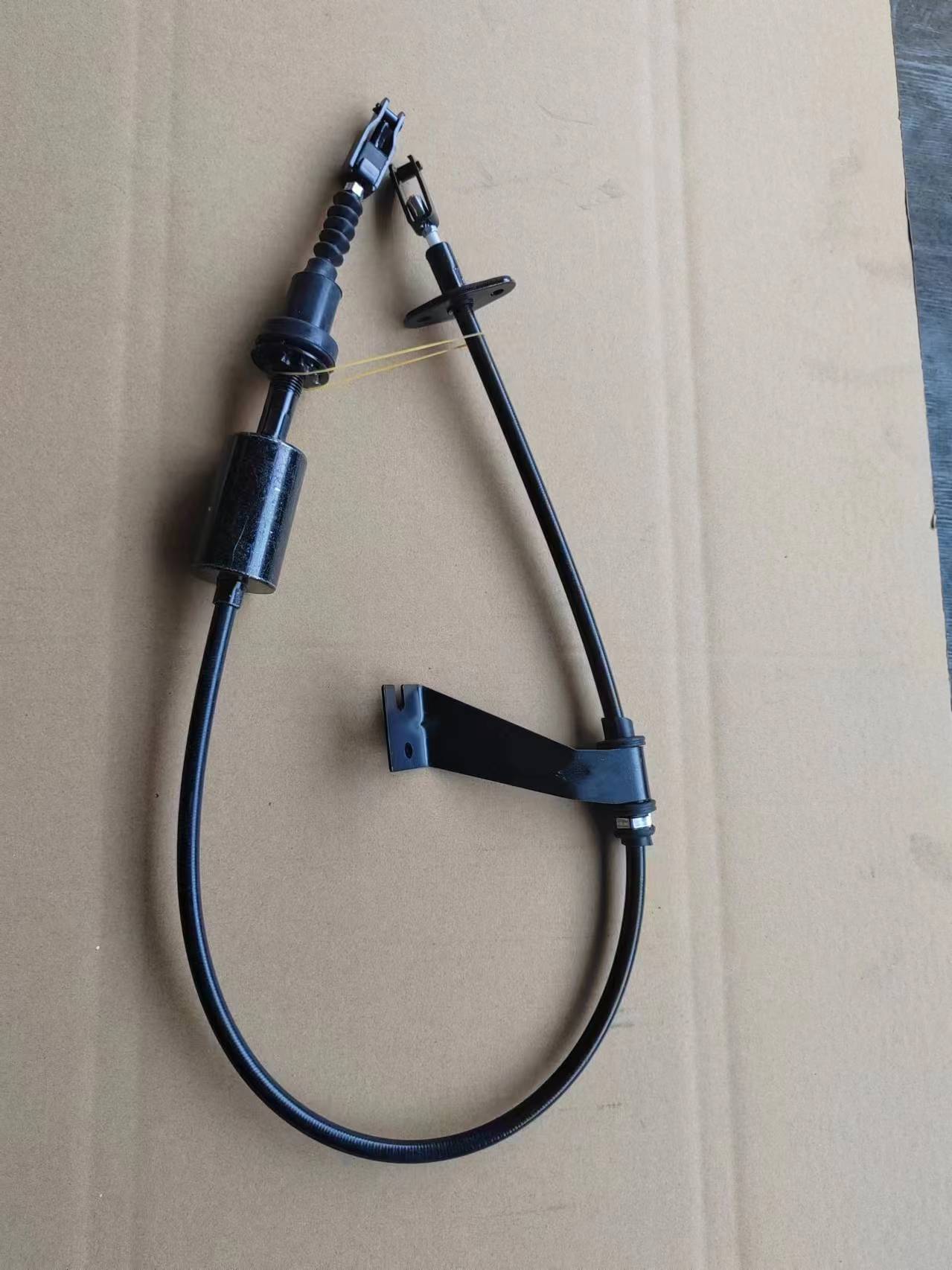clutch hydraulic pipe
Understanding Clutch Hydraulic Pipes in Automotive Engineering
In the realm of automotive engineering, the performance and efficiency of a vehicle's transmission system are paramount for an optimal driving experience. A vital component of this system is the clutch hydraulic pipe, which plays a crucial role in the operation of hydraulic clutches. This article will delve into the significance of clutch hydraulic pipes, their construction, functionality, maintenance, and the impact they have on overall vehicle performance.
What is a Clutch Hydraulic Pipe?
A clutch hydraulic pipe is essentially a conduit designed to transport hydraulic fluid from the master cylinder to the slave cylinder in a hydraulic clutch system. This system allows for smoother engagement and disengagement of the clutch, which is essential for efficient gear shifting. Unlike traditional mechanical clutches that rely on cables, hydraulically operated clutches use hydraulic pressure to perform these functions, resulting in better modulation and reduced driver effort.
Construction and Material
Clutch hydraulic pipes are usually made from high-quality materials capable of withstanding high pressure and temperature fluctuations. Common materials include reinforced rubber or synthetic compounds, and in some cases, metals such as stainless steel are utilized for added durability and longevity. The choice of material is critical, as it impacts the pipe's ability to resist corrosion, wear, and the effects of hydraulic fluid.
How Do Clutch Hydraulic Pipes Work?
When the driver presses the clutch pedal, the master cylinder generates hydraulic pressure. This pressure is transmitted through the hydraulic pipe to the slave cylinder, which then engages or disengages the clutch. The hydraulic system operates based on Pascal's principle, where pressure applied to a fluid in a closed system is transmitted equally in all directions. Therefore, the design and integrity of the hydraulic pipe are vital for maintaining consistent and reliable pressure.
clutch hydraulic pipe

Importance of Maintenance
Regular maintenance of the clutch hydraulic system is crucial for optimal vehicle performance. Over time, hydraulic pipes can develop leaks due to wear and tear or damage from external sources. A compromised hydraulic pipe can lead to a drop in hydraulic fluid levels, resulting in poor clutch performance or complete failure. Symptoms of failure include difficulty in shifting gears, clutch slipping, or a spongy clutch pedal feel.
To prevent such issues, vehicle owners should periodically inspect the hydraulic pipes for any signs of wear, damage, or leaks. Additionally, it’s essential to check the fluid levels and replace the hydraulic fluid as recommended by the manufacturer. This not only ensures smooth operation but also extends the life of the clutch and its components.
The Benefits of Hydraulic Clutch Systems Over Mechanical Systems
The advantages of using a hydraulic clutch system, including the clutch hydraulic pipe, are significant. One of the primary benefits is the reduction of physical effort required to operate the clutch pedal. This is particularly beneficial in stop-and-go traffic, as hydraulic systems exhibit a more consistent feel compared to mechanical cables that may stretch or wear over time.
Moreover, hydraulic systems provide superior feedback to the driver, allowing for more precise control during shifting. This precision contributes to better overall vehicle performance, particularly in performance-oriented vehicles where quick and accurate gear changes are essential.
Conclusion
In summary, the clutch hydraulic pipe is a crucial component of modern hydraulic clutch systems. Its design, material construction, and maintenance are all vital in ensuring the efficient performance of a vehicle's transmission system. As automotive technology continues to evolve, understanding the intricacies of components like the clutch hydraulic pipe will enable enthusiasts and professionals alike to maintain and optimize vehicle performance effectively. By prioritizing regular maintenance and being aware of the signs of wear, drivers can ensure their hydraulic clutch systems function smoothly, enhancing both safety and driving pleasure.
-
Upgrade Your Control with Premium Throttle CablesNewsAug.08,2025
-
Stay in Control with Premium Hand Brake CablesNewsAug.08,2025
-
Experience Unmatched Performance with Our Clutch HosesNewsAug.08,2025
-
Ensure Safety and Reliability with Premium Handbrake CablesNewsAug.08,2025
-
Enhance Your Vehicle with High-Performance Clutch LinesNewsAug.08,2025
-
Elevate Your Ride with Premium Gear CablesNewsAug.08,2025
